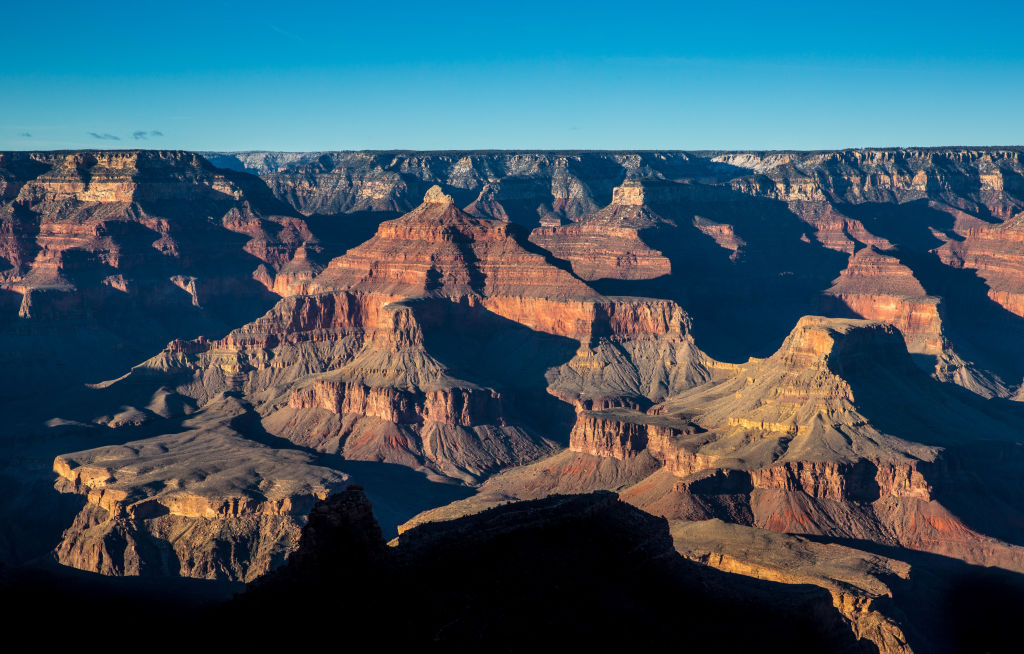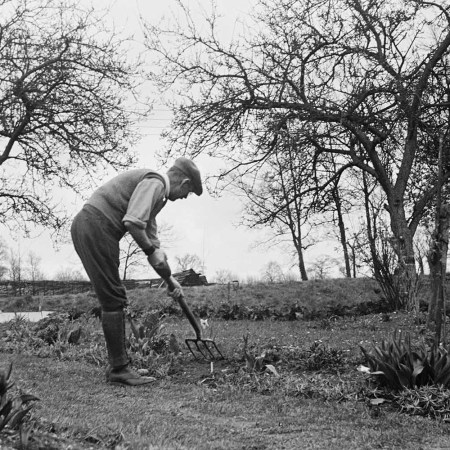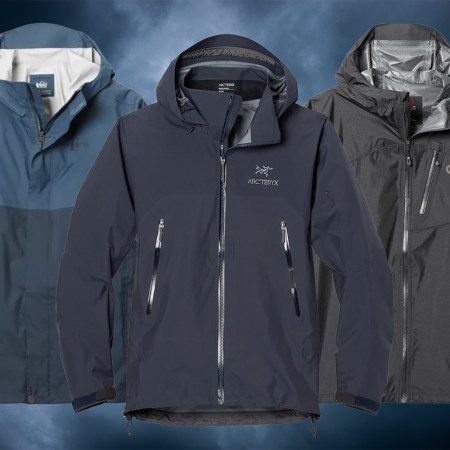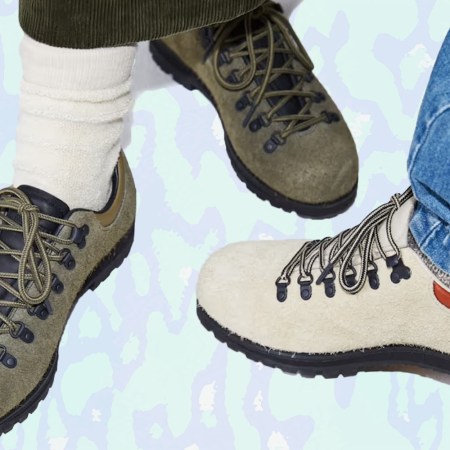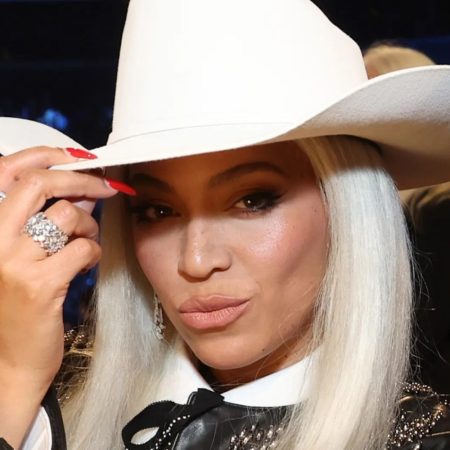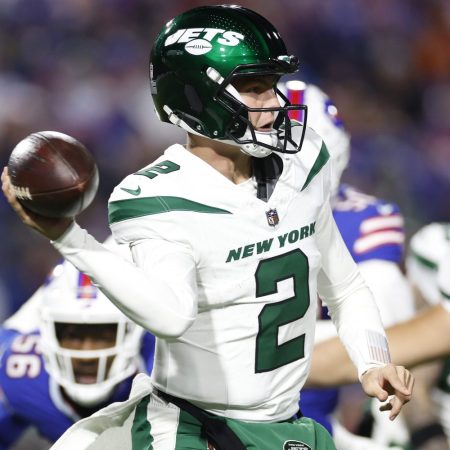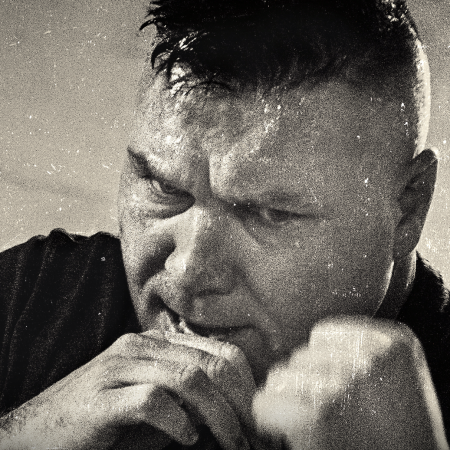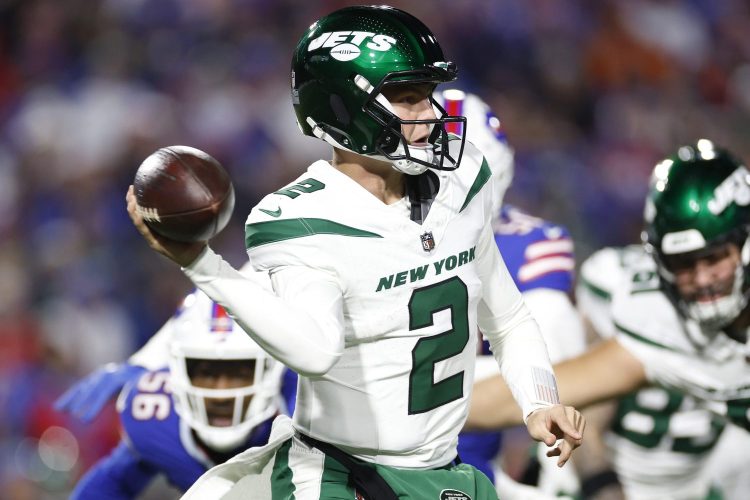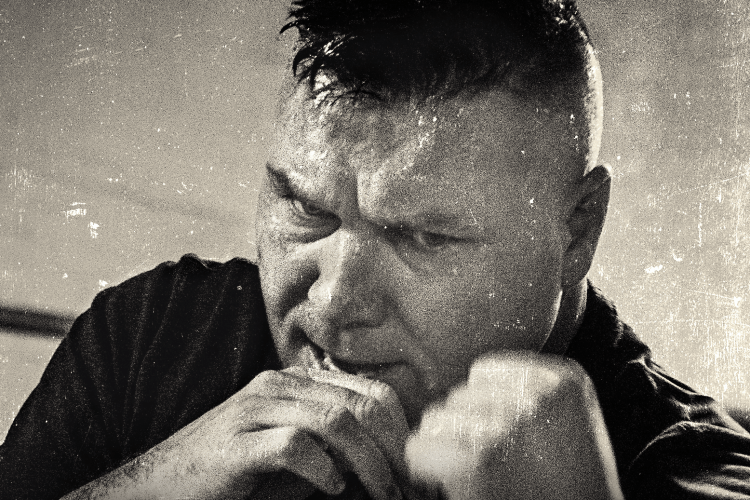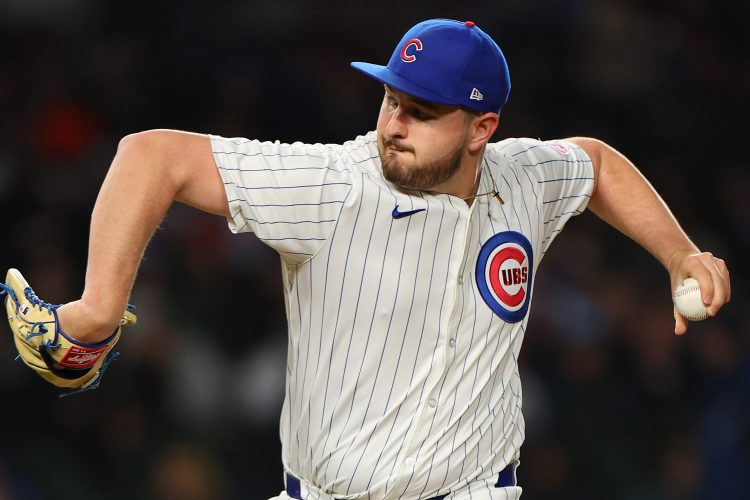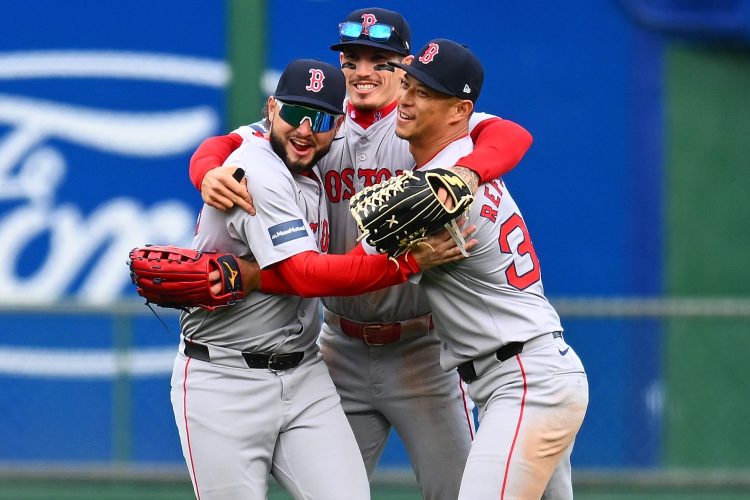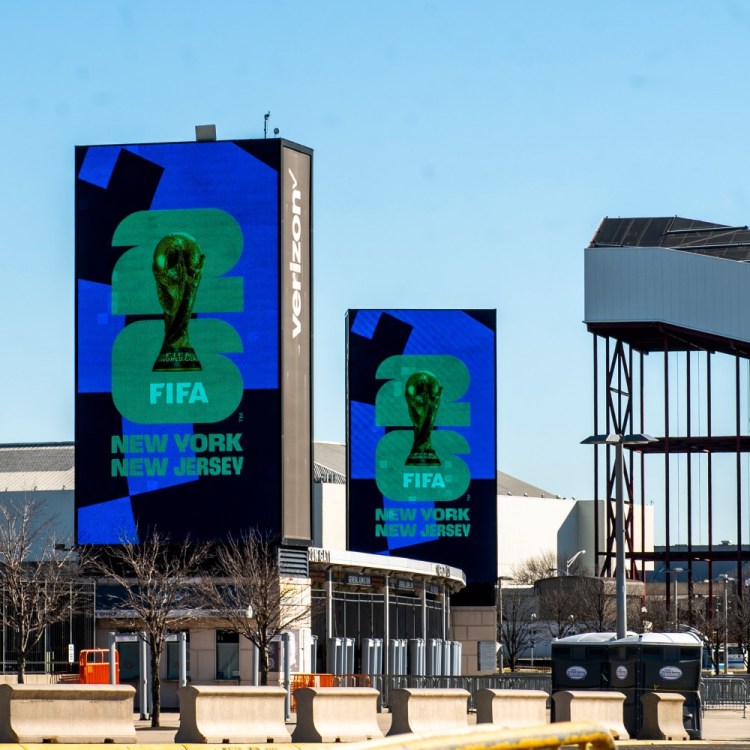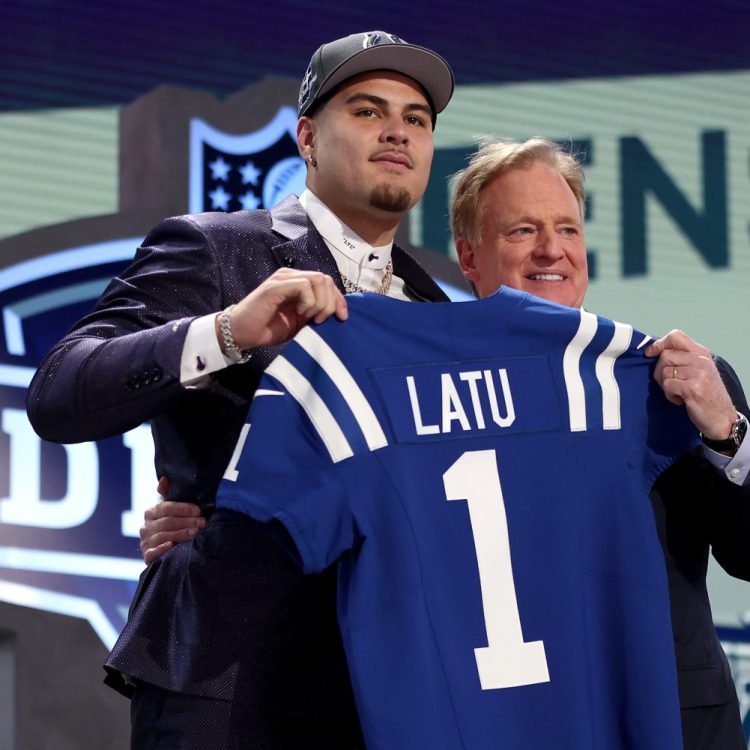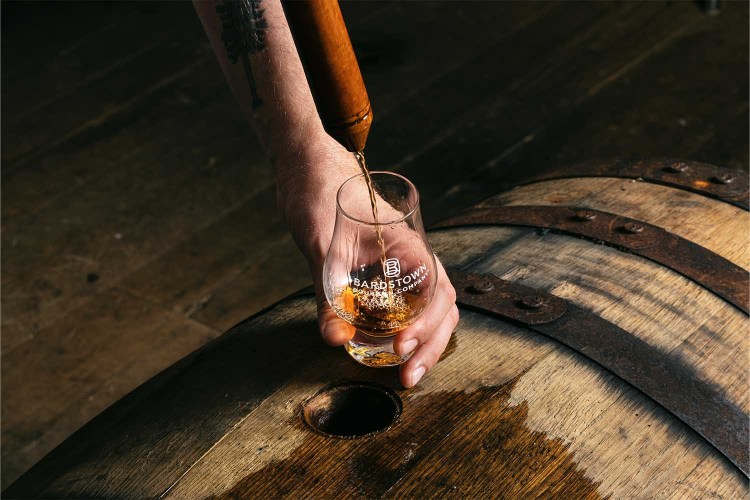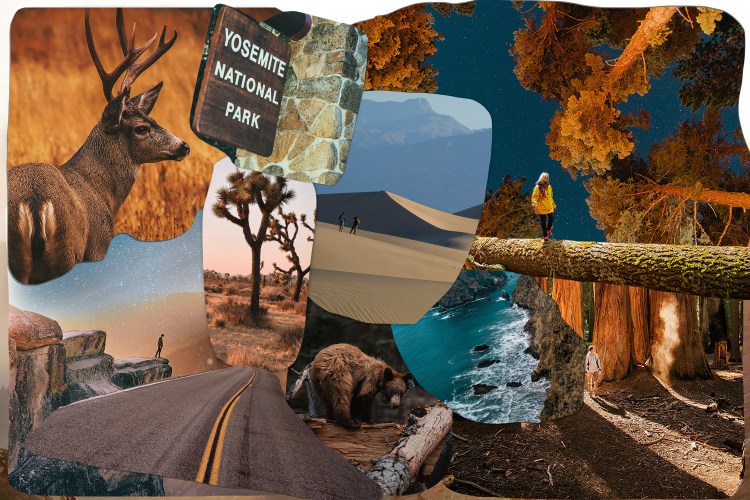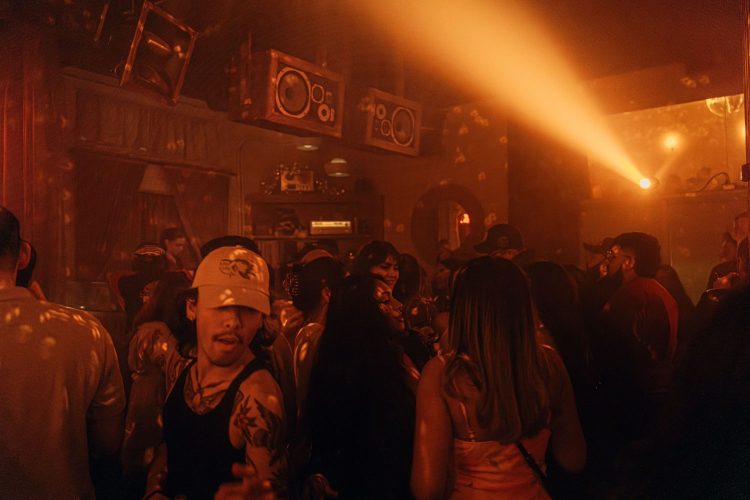A UNESCO World Heritage Site which was made a national monument in 1908, the Grand Canyon was designated a national park by President Woodrow Wilson 100 years ago on February 26, 1919.
“The parks do not belong to one state or to one section,” said Stephen Tyng Mather, the first director of the National Park Service. “They have become democratized. The Yosemite, the Yellowstone, the Grand Canyon are national properties in which every citizen has a vested interest; they belong as much to the man of Massachusetts, of Michigan, of Florida, as they do to the people of California, of Wyoming, and of Arizona.”
Visited by approximately six million people per year, Grand Canyon National Park is 190 miles long, covers an area of roughly 1,900 square miles, and contains some 277 miles of the Colorado River.
With a depth of 6,093 feet at its deepest point, the Grand Canyon is shallower than the Yarlung Tsangpo Grand Canyon (17,567 feet) in Tibet by more than two miles. The Yarlung Tsangpo is also about 30 miles longer.
Populated by five Native American tribes (Hopi, Navajo, Havasupai, Paiute, Hualapai), the Grand Canyon is home to approximately 70 species of mammals, 250 species of birds, 25 types of reptiles, and five species of amphibians.
Interestingly, the conditions within the Colorado River (heavy silt, frequent floods, extreme temperature swings) make it difficult for fish to survive and the river is only home to eight species, six of which are found nowhere else.
The bulk of the canyon’s human population – which it does have – is located in Supai Village inside the Havasupai Indian Reservation. With a population of 208, Supai Village is the only location in the lower 48 states where mail is still delivered by pack mule.
Of the park animals which the villagers and visitors must contend with – which include bighorn sheep, mountain lions, rattlesnakes, and California condors – the most dangerous one is also one of the smallest: the rock squirrel.
Every year, the moody mammals bite visitors who attempt to feed them. They aren’t bears, but when they say don’t feed the animals at Grand Canyon National Park, the employees mean it.
He never spoke on the squirrels, but President Theodore Roosevelt, who was responsible for declaring the Grand Canyon a national monument, said this of the giant hole in the ground: “Let this great wonder of nature remain as it now is. You cannot improve on it. But what you can do is keep it for your children, your children’s children, and all who come after you, as the one great sight which every American should see.”
In case you haven’t, we’ve curated a set of 20 of the best Grand Canyon photos available in honor of the national park’s centennial.

Grand Canyon of the Colorado, Arizona c1898. By William Henry Jackson 1843-1942, photographer. (Photo by: Universal History Archive/UIG via Getty Images)
UIG via Getty Images

Arizona, USA. Grand Canyon with the Colorado RiverAerial view. (Photo by: Photo12/UIG via Getty Images)
UIG via Getty Images

The Grand Canyon (Photo by Bernard Annebicque/Sygma/Sygma via Getty Images)
Sygma via Getty Images
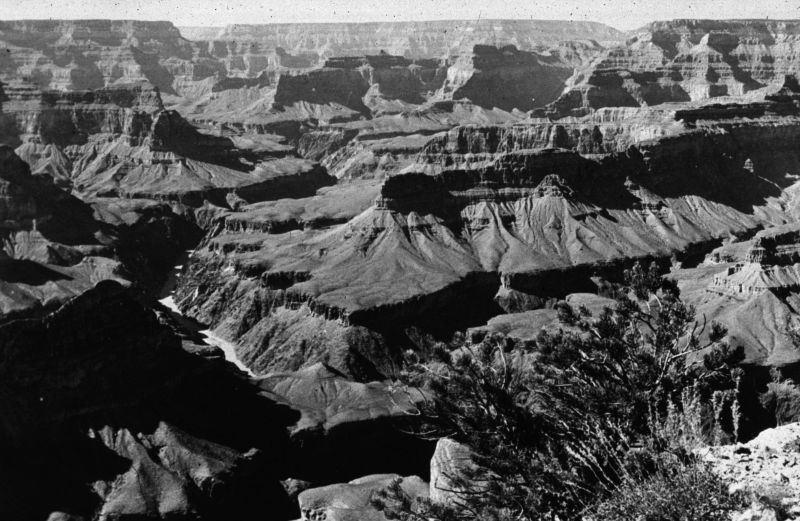
The Grand Canyon in Arizona. (Photo by Russell Lee/Getty Images)
Getty Images
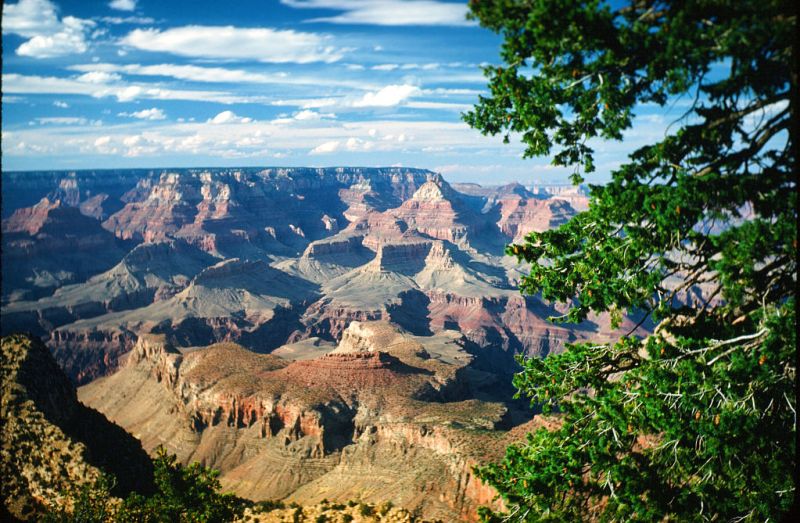
GRAND CANYON,ARIZONA – JUNE 1952: A view of the Grand Canyon, Arizona. (Photo by Ivan Dmitri/Michael Ochs Archives/Getty Images)
Getty Images

A view of the Grand Canyon after snow fall in Arizona, January 1988. (Photo by Tom Stoddart/Getty Images)
Getty Images
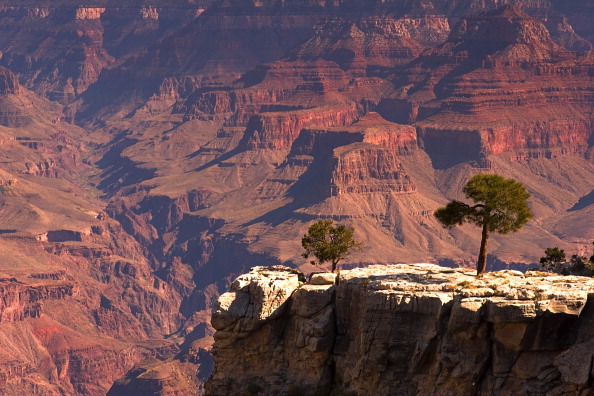
Grand Canyon, Bright Angel. (Photo By: MyLoupe/UIG Via Getty Images)
UIG via Getty Images
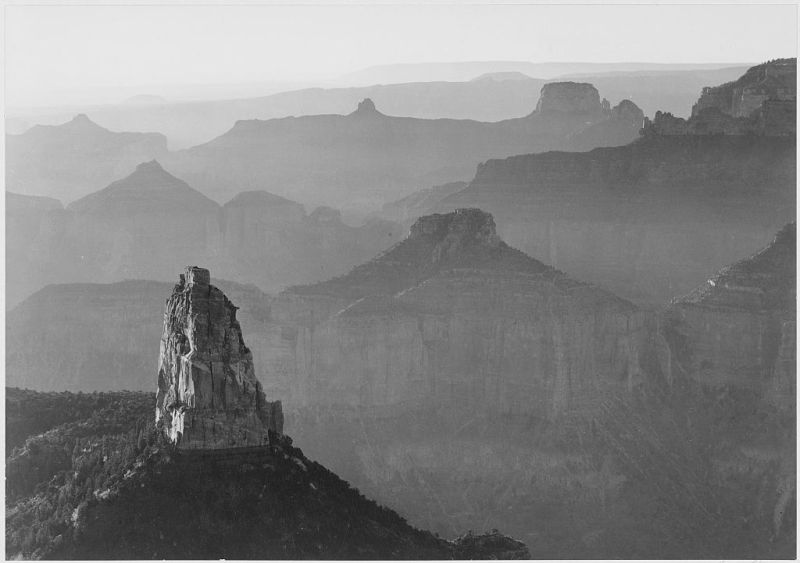
Black and white photograph, view with rock formation in foreground, captioned “Grand Canyon National Park”, by Ansel Adams, from Photographs of National Parks and Monuments, Arizona, United States, 1941. (Photo by Smith Collection/Gado/Getty Images).
Getty Images
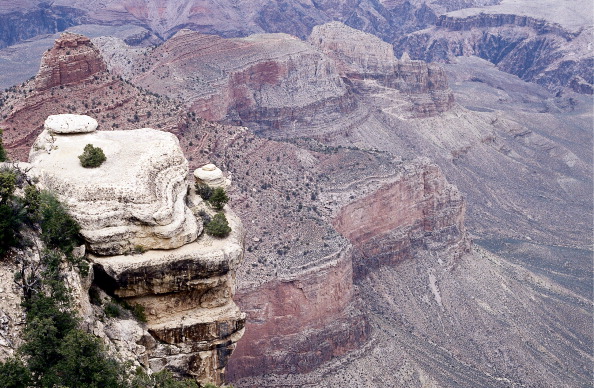
South Rim of the Grand Canyon, Arizona. (Photo by Independent Picture Service/UIG via Getty Images)
UIG via Getty Images
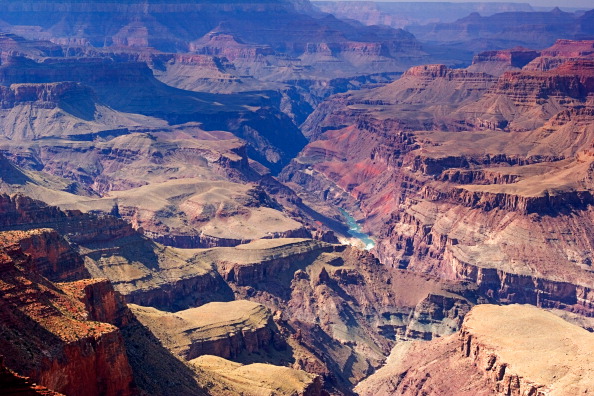
Grand Canyon, Navajo Point. (Photo By: MyLoupe/UIG Via Getty Images)
UIG via Getty Images
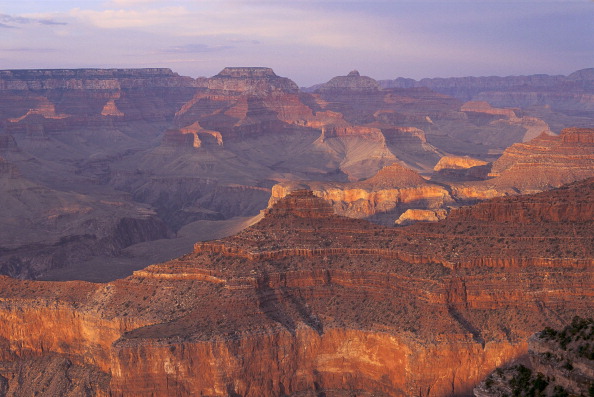
UNITED STATES – CIRCA 1994: The Grand Canyon in United States in 1994 – Arizona. (Photo by Jean-Erick PASQUIER/Gamma-Rapho via Getty Images)
Gamma-Rapho via Getty Images
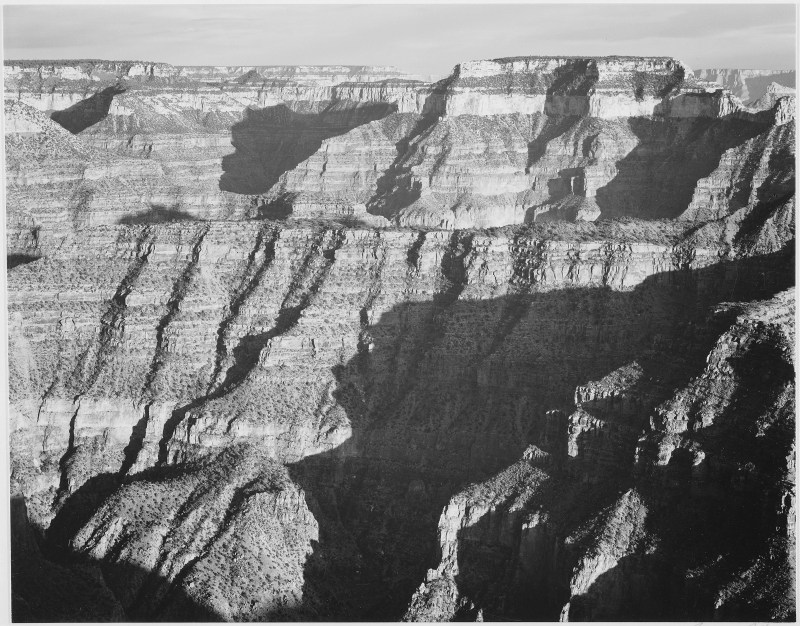
Closer view, from north rim, of cliff formation, in Grand Canyon, Arizona, 1941. (Photo by Ansel Adams/National Park Service/Buyenlarge/Getty Images)
Getty Images

Grand Canyon, Lipan Point. (Photo By: MyLoupe/UIG Via Getty Images)
UIG via Getty Images
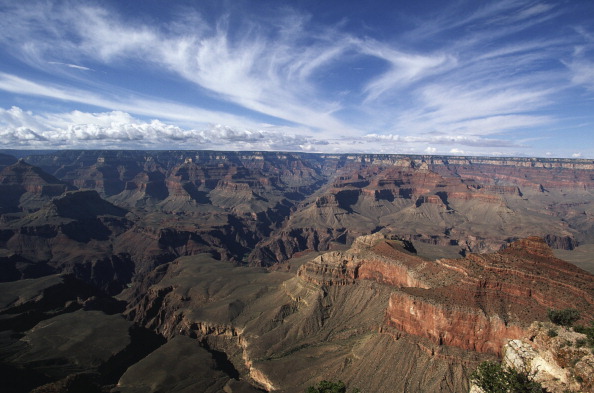
UNSPECIFIED – CIRCA 1997: United States of America – Arizona – Grand Canyon National Park (UNESCO World Heritage List, 1979). (Photo By DEA / L. ROMANO/De Agostini/Getty Images)
De Agostini/Getty Images
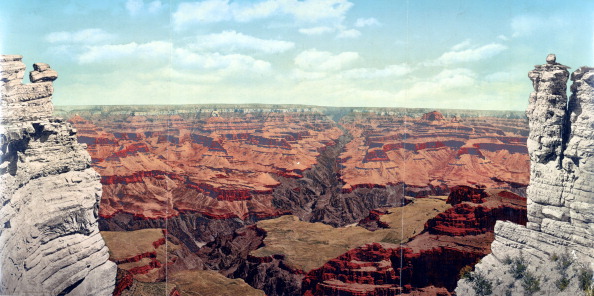
Grand Canyon of Arizona 1900, By William Henry Jackson 1843-1942, photographer. (Photo by: Universal History Archive/UIG via Getty Images)
UIG via Getty Images
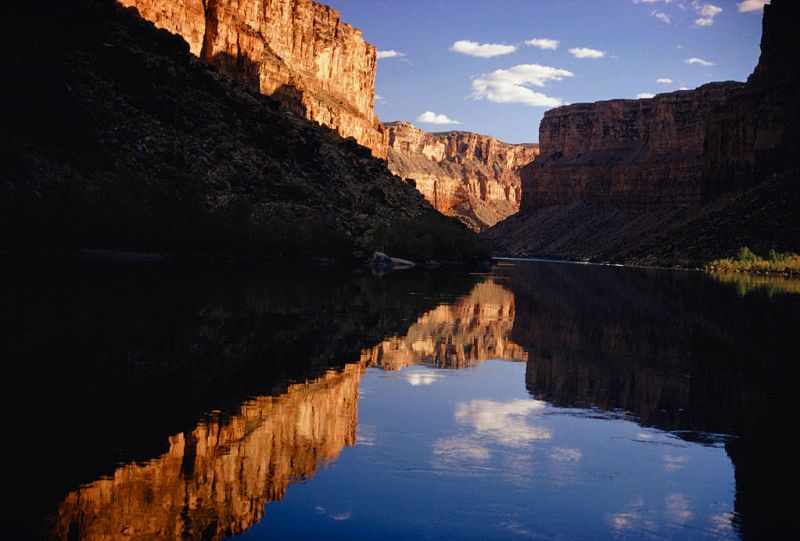
Part of the Grand Canyon, reflected in the Colorado River, Arizona, USA, circa 1970. (Photo by Ernst Haas/Hulton Archive/Getty Images)
Getty Images
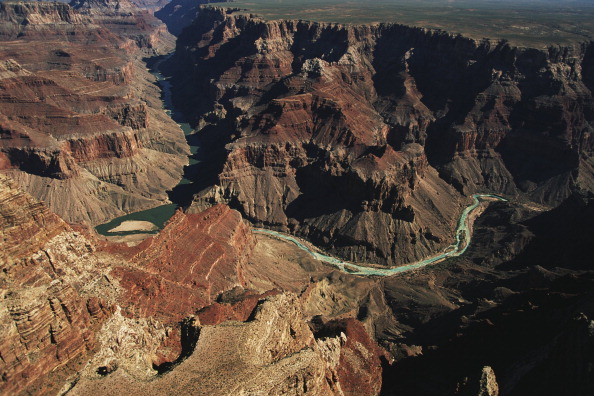
UNSPECIFIED – CIRCA 1997: United States of America – Arizona – Grand Canyon National Park (UNESCO World Heritage List, 1979). Little Colorado river. (Photo By DEA / L. ROMANO/De Agostini/Getty Images)
De Agostini/Getty Images
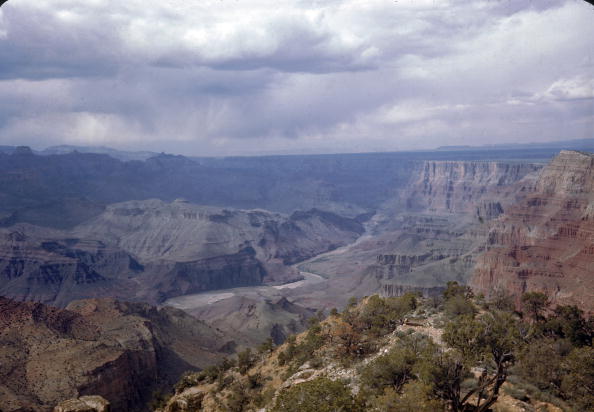
UNITED STATES – JANUARY 01: Colorado River and the Grand Canyon. (Photo by Dmitri Kessel/The LIFE Picture Collection/Getty Images)
The LIFE Picture Collection/Gett
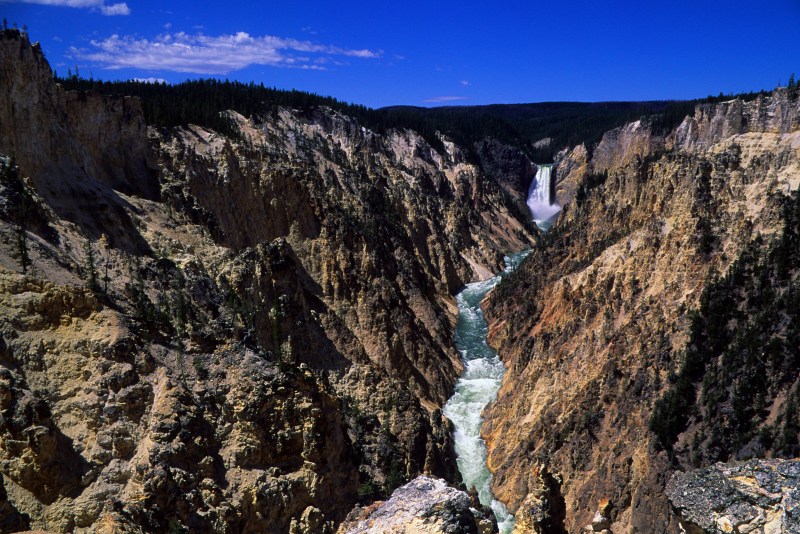
UNITED STATES – 1991/01/01: USA, Wyoming, Yellowstone Np, Grand Canyon Of The Yellowstone, Lower Falls, Yellowstone River. (Photo by Wolfgang Kaehler/LightRocket via Getty Images)
LightRocket via Getty Images

This is the south rim of the Grand Canyon known as Grand View Point, Also in view is the Colorado River at sunrise. (Photo by Visions of America/UIG via Getty Images)
UIG via Getty Images
This article was featured in the InsideHook newsletter. Sign up now.




















